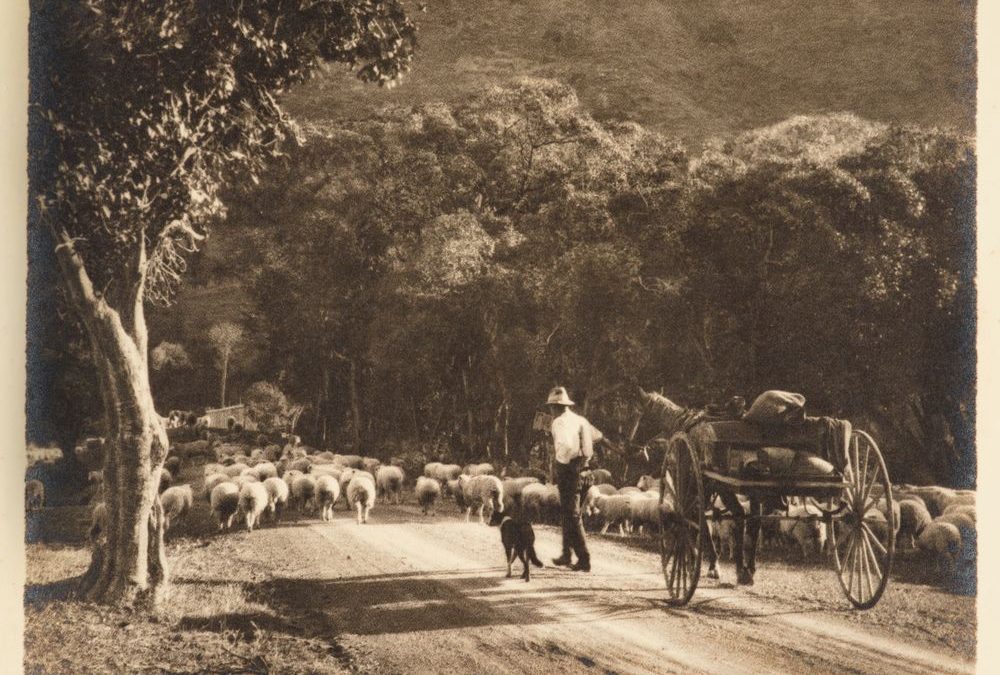Merriman was 15 years old when white people began settling in his Waywurru lands. He had seen iron and glass (1) before but it had been broken scaps. Now the white people brought all sorts of wonders and a lad of 15 could not resist wanting to know more about the strangers in their lands.
He and his older brother Harlequin began making themselves useful and were rewarded with clothing, handkerchiefs and broken items like bottles and horseshoe nails that could be worked into deadly spear tips.
In early 1838 Robert Brown set up his store on the banks of the Murray River and Merriman showed him where to plant crops above flood level. (2) Brown gave a Black fellow named Jem clothes and a gun and employed him to shoot crows that attacked his corn crop. (3)
Merriman learned to speak reasonable English and before long he was employed by Robert Brown to use his canoe to ferry goods and passengers across the flooded Murray River. (2)
THE REFERENCES;
(1) Iron made an appearance in Waywurru lands as early as 1824 as Hume and Hovell noted they had seen chop marks in tree trunks made by an iron tomahawk. Glass was also an item traded inland as seen by Capt John Gardiner in 1836 when he noted in, Letter From Victorian Pioneers when he found broken glass by campfires on the banks of the Goulburn River.
(2) Merriman was employed by Robert Brown comes from AA Andrews, First Settlement of the Upper Murray.
(3) Lady Jane Franklin wrote in her journal that Brown employed an indigenous man named Jem. She described him wearing, ‘a jacket and trousers, with his gun by his side and a pipe in his mouth.’ She said Jem was employed by Mr Brown to frighten crows from his field of maize. This Errant Lady, the journal of Lady Jane Franklin


